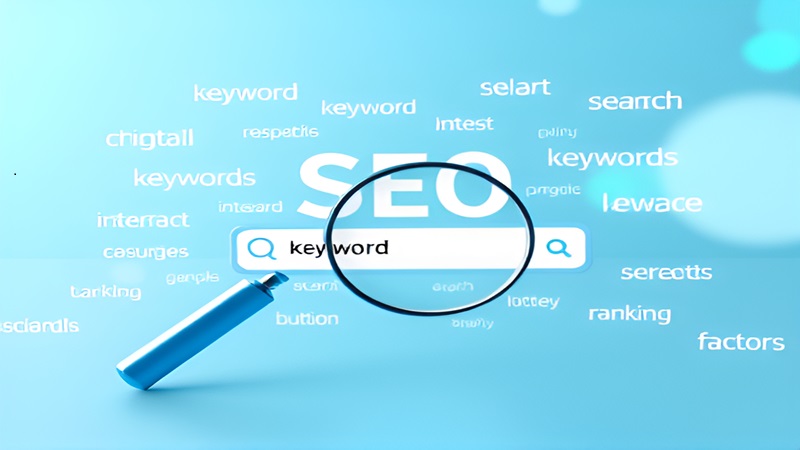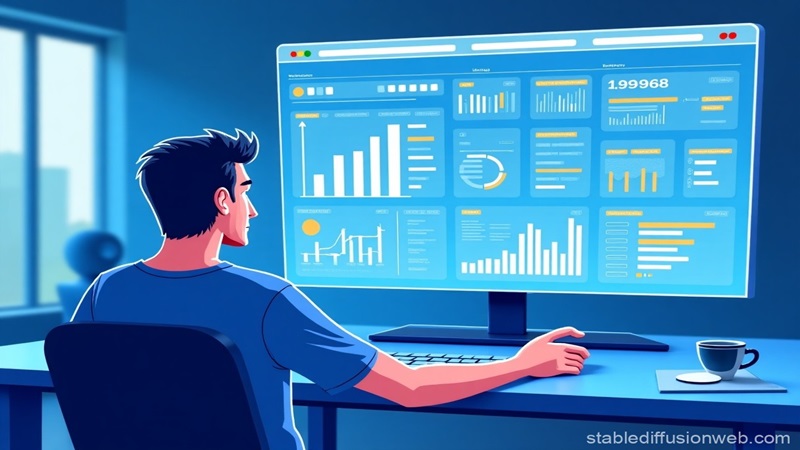On-Page SEO: Enhancing individual web pages for better rankings

On-page SEO is one of the most critical components of search engine optimization, focusing on optimizing individual web pages to improve their visibility in search engine results pages (SERPs).
Unlike off-page SEO, which deals with external factors like backlinks and social signals, on-page SEO is entirely within the website owner’s control.
By implementing effective on-page strategies, websites can improve their rankings, increase organic traffic, and enhance the user experience. Below are the key aspects of on-page SEO and their impact on search performance.
1. Keyword optimization: The foundation of on-page SEO
Keyword optimization involves strategically integrating relevant keywords into a webpage’s content to help search engines understand the topic of the page.
However, effective keyword usage requires more than just placing keywords randomly; it must be done naturally and contextually.
- Title tags – The title of a webpage is one of the most important ranking factors. It should include the primary keyword, ideally placed at the beginning, and remain under 60 characters for optimal display in search results.
- Headings (H1, H2, H3, etc.) – Proper structuring of headings improves readability and helps search engines identify key topics within the content. The H1 tag should contain the primary keyword, while H2 and H3 tags can include related terms.
- Meta descriptions – Although not a direct ranking factor, compelling meta descriptions influence click-through rates (CTR). A well-crafted meta description should include keywords naturally and provide a concise summary of the page’s content.
- URL structure – Short, descriptive URLs that include target keywords improve usability and search engine ranking potential. Avoid long, complicated URLs with unnecessary characters.
- Alt text for Images – Adding relevant keywords in image alt text helps search engines understand the image content, improving accessibility and search visibility.

2. Content quality: Creating valuable and engaging content
Search engines prioritize high-quality content that provides value to users.
Google’s algorithms, including BERT and Helpful Content Update, emphasize content relevance and readability.
To improve rankings, content should meet the following criteria:
- User intent matching – Content should align with the intent behind users’ search queries, whether they seek information, comparison, or transactional guidance.
- Originality and uniqueness – Duplicate or low-value content can harm rankings. Content should be unique, well-researched, and provide fresh insights.
- Engagement and readability – Content should be structured using short paragraphs, bullet points, and subheadings to enhance readability. Interactive elements such as videos, infographics, and charts can improve engagement.
- Content-length and depth – While there is no fixed rule, long-form content (1,500–2,500 words) tends to perform better in rankings, as it provides comprehensive information.
- Regular updates – Fresh and updated content signals relevance to search engines. Regularly reviewing and updating older articles can maintain high rankings.

3. Meta tags and descriptions: Enhancing Click-Through Rates (CTR)
Meta tags are snippets of HTML code that provide information about a webpage to search engines and users.
While they do not directly impact rankings, they significantly influence user engagement.
- Title tags – As mentioned earlier, title tags should be compelling, relevant, and include the target keyword. They should also incorporate branding if applicable.
- Meta descriptions – These descriptions appear below the title in search results. A well-written meta description should be between 150–160 characters, contain the primary keyword, and include a strong call-to-action (CTA) to encourage clicks.
- Schema markup – Implementing structured data markup (such as FAQ schema, review schema, or product schema) can enhance how search engines display a page in SERPs, potentially leading to rich snippets.
4. Internal linking: Improving website navigation and SEO
Internal linking is the process of linking pages within the same website.
It helps both users and search engines navigate a site effectively while distributing link equity across pages.
- Enhancing user experience – By directing users to related content, internal links keep visitors engaged and reduce bounce rates.
- Improving crawlability – Search engines use internal links to discover and index new pages. A well-structured internal linking strategy ensures that all important pages are accessible to search engine crawlers.
- Passing link equity – Internal links help distribute authority across pages, allowing lower-ranked pages to gain visibility.
Best practices for internal linking include: ✔ Using descriptive anchor text that indicates the linked page’s content. ✔ Linking to high-value pages that need a ranking boost. ✔ Avoiding excessive internal links that could dilute SEO value.

5. Page speed optimization: Enhancing performance and user satisfaction
Page speed is a crucial ranking factor, as search engines prioritize fast-loading websites to improve user experience. Slow websites can lead to high bounce rates, reduced engagement, and lower conversions.
- Minimizing HTTP requests – Reducing the number of requests for scripts, images, and stylesheets can improve loading times.
- Optimizing images – Compressing images without compromising quality helps reduce file sizes, improving speed. Tools like TinyPNG and WebP formats are effective for optimization.
- Leveraging browser caching – Enabling caching stores website resources on users’ devices, allowing faster access upon return visits.
- Using a content Delivery Network (CDN) – CDNs distribute website content across multiple servers worldwide, reducing latency and improving load times.
- Reducing server response time – Upgrading hosting services and optimizing databases can significantly enhance server performance.
On-page SEO is an essential component of a successful digital strategy, influencing both search engine rankings and user experience.
By focusing on keyword optimization, high-quality content, well-crafted meta tags, effective internal linking, and page speed improvements, businesses can achieve higher visibility, increased engagement, and long-term SEO success.
As search algorithms evolve, keeping up with best practices and continuously refining on-page elements will ensure sustained performance and growth in the digital landscape.